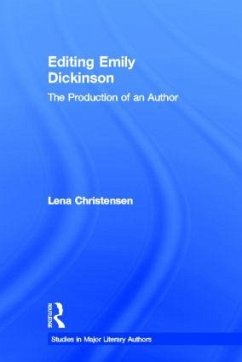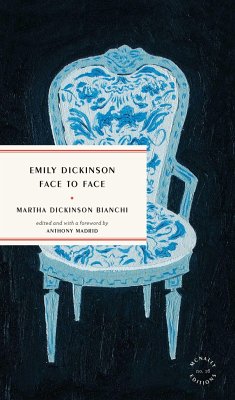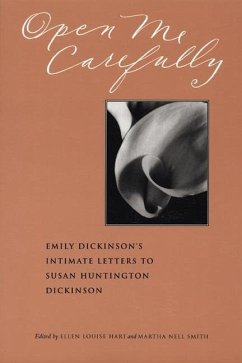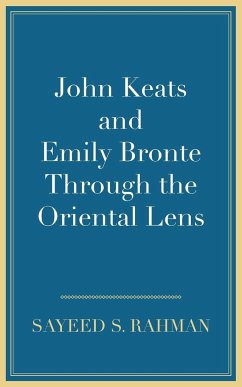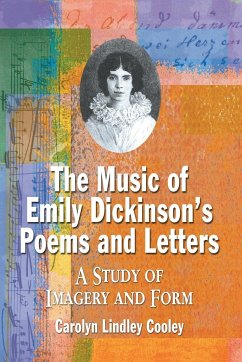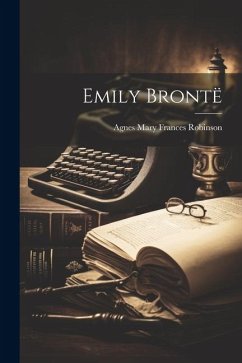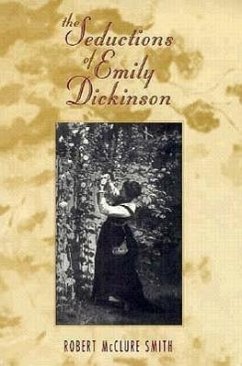
Seductions of Emily Dickinson
Versandkostenfrei!
Versandfertig in über 4 Wochen
24,99 €
inkl. MwSt.

PAYBACK Punkte
12 °P sammeln!
This volume looks at what makes Emily Dickinson such an interesting poet. Although she left no personal poetics, she did define her own response to poetry as an immediate sensual reaction, translating this response in her own poetry so that what is most significant is not what the poetry communicates to a reader but what it ""does"" to a reader. The continued popular success of Dickinson's poetry is conclusive evidence of its capacity to elicit a similarly spontaneous, visceral response from its readers. Dickinson's critical reception is the visible proof of the perpetuation of a powerful (and...
This volume looks at what makes Emily Dickinson such an interesting poet. Although she left no personal poetics, she did define her own response to poetry as an immediate sensual reaction, translating this response in her own poetry so that what is most significant is not what the poetry communicates to a reader but what it ""does"" to a reader. The continued popular success of Dickinson's poetry is conclusive evidence of its capacity to elicit a similarly spontaneous, visceral response from its readers. Dickinson's critical reception is the visible proof of the perpetuation of a powerful (and uncanny) reading seduction.



